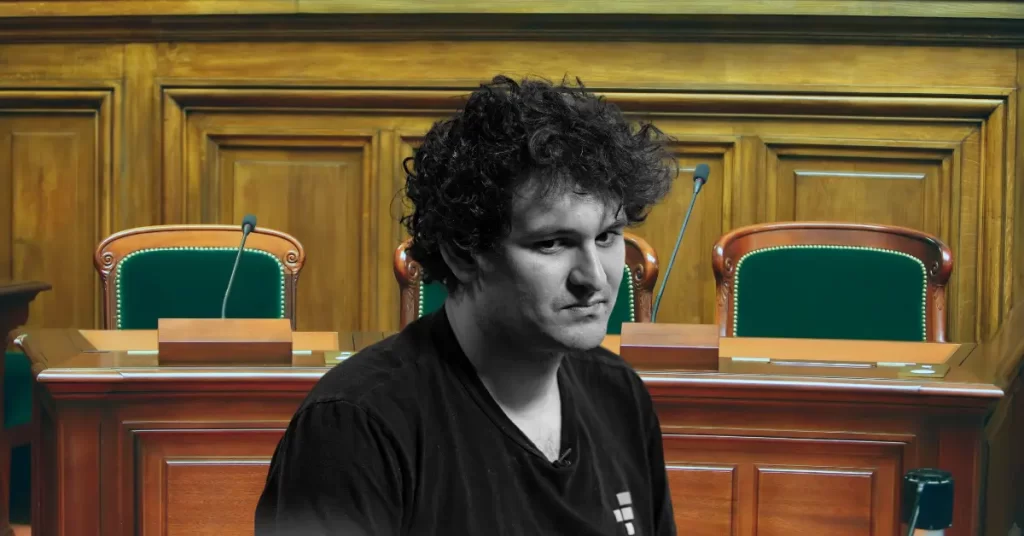Google AI researchers and academics from the University of Texas at Austin and the Czech Academy of Sciences are working on a system labelled “quantum money,” a form of currency secured by the unalterable laws of physics.
Google’s Quantum AI division has revived a decades-old concept that could upend the foundations of digital currency, embedded in ledger-based blockchain technology.
According to the work detailed in a new study titled “Anonymous Quantum Tokens with Classical Verification,” digital money can exist securely without relying on the technology that Bitcoin and most cryptocurrencies currently use.
Blockchain’s core principle rivaled by quantum money
Since Bitcoin’s whitepaper was released more than ten years ago, blockchain technology has provided the architecture for the global digital currency ecosystem. Its distributed ledger records every transaction permanently and transparently, preventing counterfeiting and double-spending automatically, out of control of any central entity.
However, Google’s new quantum framework could render that complex infrastructure unnecessary. “Quantum money” reportedly solves the same fundamental problem of making sure digital tokens cannot be duplicated or forged, but does so through quantum mechanics.
The concept rests on a quantum theory known as the no-cloning theorem, which states that it is physically impossible to make an exact copy of an unknown quantum state. If a unit of currency were represented as a quantum state, any attempt to duplicate it would fail.
“If you had a $1 bill that was actually a quantum state, you could prove, based on the properties of quantum mechanics, that copying such a state is impossible. You could only succeed with very small probability,” said Dar Gilboa, a Google Quantum AI researcher and co-author of the study.
Quantum technology revisits a 1960s vision
The idea of quantum security was first proposed in 1969 by physicist Stephen Wiesner, who broadly explained a method for minting “private-key quantum money” that could not be counterfeited.
Wiesner’s paper, published in 1983, imagined each banknote as a unique quantum state paired with a serial number, which only the issuing mint could verify. He kick-started an interest that led to more developments, which studied the possibility of public-key quantum money, or tokens that anyone could verify without consulting the issuer.
However, models, including those proposed by theoretical computer scientist Scott Aaronson, were less actionable and largely insecure. Researchers have since diverted to “collision-free” schemes where each quantum bill has a unique serial number that not even the mint could duplicate, preventing over-issuance of currency.
“We’re not solving the same problem,” Gilboa said. “What we’re doing isn’t decentralized, so it’s not really an analog of cryptocurrencies in any strong sense. The no-cloning theorem gives us hope that quantum information could be used as the basis of a better kind of money.
The Google proposal discusses having a trusted central issuer, such as a bank or government institution, responsible for creating and validating quantum tokens. Much different from today’s fiat systems, the issuer would have no ability to track how the money circulates.
Users can perform a “swap test” on their tokens to detect if the issuer is secretly tagging or tracing them. “If they’re not identical, that means the bank could be tracking you. Any attempt by the bank to secretly tag its money would be instantly revealed,” Gilboa explained.
In late October, Google’s quantum research team announced that its latest quantum computer had achieved a computational breakthrough, executing a task beyond the capabilities of classical machines.
The algorithm computed the structure of a molecule and ran 13,000 times faster than conventional computers, demonstrating what scientists call “quantum advantage.”
Quantum technology has its promises, but more limitations
According to Winfried Hensinger, professor of quantum technologies at the University of Sussex, the experiment achieved a task that is clearly impossible for classical machines, but it is not quite there yet when it comes to real-world applications.
Even Google admitted that practical quantum computers, capable of performing large-scale computations and supporting technologies like quantum money, are still years away. Fully fault-tolerant machines would need hundreds of thousands of quantum bits, far beyond what the experimental systems can endure.
Claim your free seat in an exclusive crypto trading community - limited to 1,000 members.
















 English (US)
English (US)